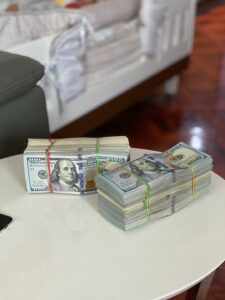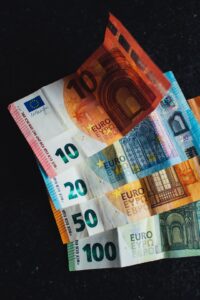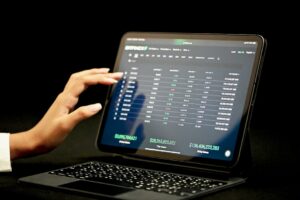Exploring Different Types of Forex Leverage and How They Work
Forex trading is a popular financial market that allows individuals to trade currencies from around the world. One of the key factors that makes forex trading attractive is the use of leverage. Leverage allows traders to control larger positions in the market with a smaller amount of capital. In this article, we will explore different types of forex leverage and how they work.
Leverage is essentially borrowing money from a broker to trade larger positions in the market. It magnifies both potential profits and losses, making it a powerful tool in forex trading. There are several types of leverage commonly used in the forex market:
1. Standard leverage: This is the most common type of leverage offered by forex brokers. It typically ranges from 1:1 to 1:500, meaning that for every $1 in your trading account, you can control up to $500 in the market. For example, with $1,000 in your account and a leverage of 1:100, you can control a position of $100,000.
2. Mini leverage: Some brokers offer mini accounts with lower leverage options. Mini leverages are usually in the range of 1:1 to 1:200. This type of leverage is suitable for beginners or traders who want to trade smaller positions with less risk.
3. Micro leverage: Micro leverage, also known as nano or cent accounts, is designed for traders with very limited capital. The leverage for micro accounts is typically in the range of 1:1 to 1:100. This type of leverage allows traders to participate in the forex market with minimal risk.
4. Variable leverage: Variable leverage is offered by certain brokers and is based on the amount of capital in your trading account. As your account balance increases, the leverage may decrease to manage risk. This type of leverage helps traders to control their position sizes and prevent excessive risk-taking.
Now that we have explored the different types of leverage, let’s understand how leverage works in forex trading. Suppose you have $1,000 in your trading account and you decide to open a position with a leverage of 1:100. With this leverage, you can control a position size of $100,000.
Leverage is represented as a ratio, where the first number represents the amount of capital you have and the second number represents the amount of capital you can control in the market. In this case, the ratio is 1:100.
When you open a position, your broker will set aside a portion of your trading account as margin. Margin is a deposit that acts as collateral for the borrowed funds. In this example, with a leverage of 1:100, you would need to set aside $1,000 as margin to control a position of $100,000.
The concept of leverage can be understood through an example. Let’s assume you open a position to buy 10,000 euros against the US dollar at an exchange rate of 1.10. Without leverage, you would need $11,000 to control this position. However, with a leverage of 1:100, you only need $110 as margin to control this position.
If the exchange rate increases to 1.12 and you decide to close the position, you would make a profit of 0.02 per euro. Since you control 10,000 euros, your profit would be $200. However, it’s important to note that leverage magnifies both potential profits and losses. If the exchange rate had moved against you, the losses would also be magnified.
In conclusion, leverage is a powerful tool in forex trading that allows traders to control larger positions in the market with a smaller amount of capital. Different types of leverage are available, including standard, mini, micro, and variable leverage. It’s important to understand the risks associated with leverage and use it wisely to manage your trades effectively.





